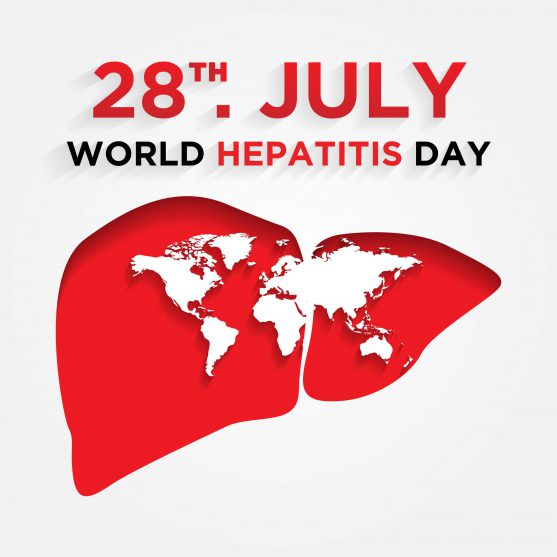 Every year, 28 July is celebrated as World Hepatitis Day by the World Health Organisation. This year, the theme for this day is ‘Hepatitis can’t wait’. With one person in the world dying of hepatitis every 30 seconds, the theme seems very apt.
Every year, 28 July is celebrated as World Hepatitis Day by the World Health Organisation. This year, the theme for this day is ‘Hepatitis can’t wait’. With one person in the world dying of hepatitis every 30 seconds, the theme seems very apt.
In this article, we look at the link between Hepatitis B and Hepatitis C viruses and cancer.
What is a virus?
Viruses are tiny organisms that are made up of genes in the form of DNA or RNA surrounded by a protein coating.When the viruses cause an infection in the body, they spread their own DNA in the healthy genes causing them to turn into cancer cells.
Understanding Hepatitis B and Hepatitis C Virus
Hepatitis viruses are viruses that infect the liver. The 2 common types are hepatitis B and hepatitis C.
Hepatitis B Virus (HBV) and Hepatitis C Virus (HCV)
- HBV and HCV can spread from person to person through sharing contaminated needles (such as in drug use), unprotected sex, or through childbirth. It can also be passed on through transfusions of HBV or HCV-contaminated blood and blood products,
- The hepatitis infection can be acute (short term) or chronic (long term).
- Acute infection usually lasts only for a few months because your liver is able to flush out the infection.
- Chronic infection can last more than six months because your immune system is unable to fight the virus. Over the years, it can lead to serious diseases such as cirrhosis and liver cancer, and the symptoms can show up when you are in your 60s or 70s.
Hepatitis virus and liver cancer link
Liver cancer occurs when normal liver cells begin to grow uncontrollably and form a tumor. Of the different types of liver cancer, Hepatocellular carcinoma (HCC) is the most common. The most common risk factor for liver cancer worldwide is chronic hepatitis B or hepatitis C infection. Cirrhosis of the liver increases the risk further, around 3-8 folds higher.
Symptoms of liver cancer
Most of the time, those who have liver cancer will not know till it’s already in the later stages.
- Nausea or vomiting
- Loss of appetite or feeling of fullness after a small meal
- Unexplained weight loss
- Pain in the belly
- Swelling or fluid build-up in the belly
- Yellowing of the skin and eyes (jaundice)
- Itching over the body

Treatment for chronic Hepatitis B and C infection
Your hepatologist is the expert to plan your treatment. The goal is to – slow down the cirrhosis from progressing; reduce the incidence of liver cancer; and improve your chance at survival. Chronic Hepatitis B infection can be controlled with antiviral medications.
Hepatitis C is treated with direct acting antiviral medications. These are effective in clearing at least 90 per cent of the infection.
Prevention of viral hepatitis infection
- Testing of donated blood for HBV and HCV
- Practice safe sex
- Avoid injecting drugs through shared or infected needles
- Be cautious about body piercing and tattoos
Surveillance for liver cancer
The standard internationally accepted recommendation for screening of liver cancer in at risk individuals is using Ultrasonography with or without serum AFP. Those with chronic hepatitis and cirrhosis of the liver should undergo screening twice a year(6monthly). This will help in early diagnosis and treatment of HCC.
The first cancer preventive vaccine
The Hepatitis B vaccine is the world’s first cancer preventive vaccine. It is powerful enough to prevent Hepatitis B which is the leading cause of chronic liver disease and liver cancer worldwide. WHO recommends that all infants receive the hepatitis B vaccine as soon as possible after birth, preferably within 24 hours – followed by two or three doses of hepatitis B vaccine at least four weeks apart to complete the series. All children and adolescents younger than 18 years and not previously vaccinated should receive the vaccine. Doctors recommend the vaccine for adults, who are at high risk for the infection (for example- health care workers).

